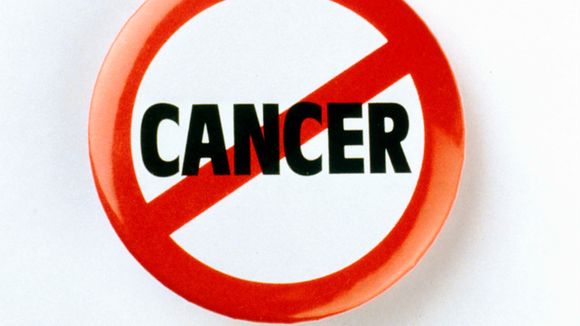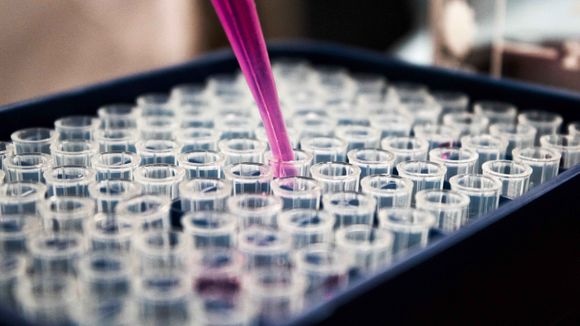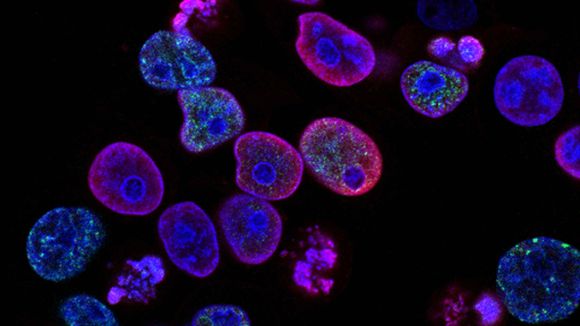Medicinal products with anti-cancer effects
For the anti-inflammatory drug tepoxaline, used primarily to treat osteoarthritis in dogs, it was recently discovered that there are more areas of use. The drug for alcohol dependence disulfiram, as well as vanadium, which was originally intended for the treatment of diabetes, also have a potential anticancer effect.
The researchers found that these and nearly 50 other drugs developed for different purposes actually possess previously unrecognized properties to fight cancer.
"We thought we'd be lucky to find even one compound with cancer properties, but we were stunned to find a lot with such action," said Professor Todd Golub, co-author of a recent paper describing the novelties in the journal Nature Cancer. [ref. 1]
The idea that a drug developed for one purpose may have other benefits is not new. It is known that a doctor's observations on his patients in 1948 led to the discovery that aspirin is not only an excellent painkiller, but also helps to prevent heart attacks.
These random uses inspired the creation of the Broad Institute's Repurposing Hub, which contains a database of thousands of compounds approved by the Food and Drug Administration (FDA) for one area of use, but also with other possible ones. The recent study was the largest to date using this database. [ref. 2]
Using cells from 578 different types of cancer, the researchers tested 4,518 different drugs, finding that nearly 50 had previously unrecognized properties to fight cancer.
This not only diversifies our range of tools in cancer treatment, but also means that we can quickly implement these solutions into treatment. All tested drugs have already been approved by the FDA for human use, and many are already in mass production.
Unveiling new means to fight cancer

To quickly test different cancer cell lines against a compound, the researchers used the PRISM methodology, which consists of adding a short DNA "barcode" to cells, allowing researchers to test multiple cell lines at once. After exposing a group to a compound, researchers can measure the survival rate of cells based on these barcodes.
This not only reveals the properties of various compounds to fight cancer, but also reveals unique mechanisms of action.
"Most existing cancer drugs work by blocking proteins, but we found that compounds can act through other mechanisms," says study co-author Stephen Corsello.
For example, almost a dozen drugs kill cancer cells by targeting the interaction between two proteins, usually expressed in cancer cells, rather than the proteins themselves.
Another drug, tepoxaline - the drug for osteoarthritis for dogs - has been found to target some unknown characteristic of cells that overexpress the protein MDR1 (a protein that provides cancer cells with resistance to chemotherapy drugs), providing a field for future research.

Scientists also understand that other drugs kill cells based on their expression of biomarkers. This means that patients who would benefit most from these drugs can be quickly identified. Disulfieram, the drug for alcohol dependence, is found to kill cells with low expression of metalothionine proteins, for example. Looking for low levels of metalothionine or high levels of this sulphate transporter, doctors can quickly assess whether the patient will respond well to treatment with these drugs.









